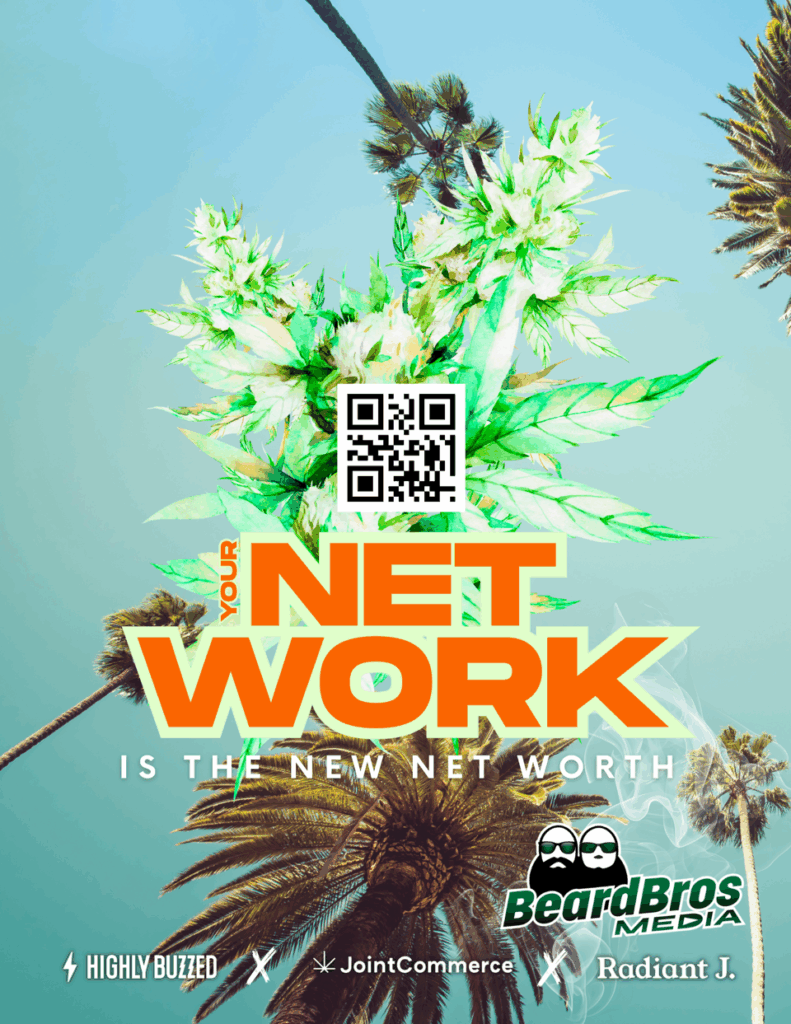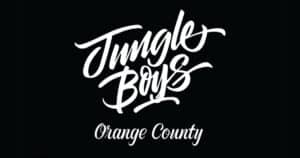Far and away, the most challenging part of developing successful products and retail experiences is also the most obvious element of strategic planning – understanding the consumer persona you seek to serve.
Whether in cars, cannabis, or condiments, products are often developed and added to shelves by “experts” based on “gut instinct”.
There’s no denying that knowing where to begin is often a product of experience, but most cannabis companies are still paying little attention to the motivation and needs of the customer.
Attributing the oversupply issues that are plaguing cannabis operators in several states to one factor is impossible, but without question, the most overlooked contributing factor is the failure of operators to prioritize a business strategy based on consumer personas.

A Stoner-centric Supply Chain
Beginning with farmers and the over-cultivation of all-too-common, hype strains (Gelato), the lack of customer personal prioritization continues with most manufacturers making products and concentrates that seek to serve either heady stoners or “everyone”.
The problem worsens as retail purchasing decisions are increasingly driven by profit margins and backed by generic market intelligence, sold by companies like BDSA at astronomical prices.
“Data is fucking expensive and it’s cost prohibitive when you consider the number of holes, missing data points, and the ease of which (PoS Data) can be manipulated,” Wes Eder, Global VP of Revenue for Bhang, a multi-state brand which sells high-quality cannabis infused chocolate bars, stated during a recent conversation about consumer personas and particularly those in east coast markets like Massachusetts.
“We use a particular data insight platform that delivers really strong tools to our salespeople but in terms of the available customer-centric data, there’s a long way to go,” Eder added.

A deeper look at Massachusetts
While the “expert stoners” might assume that Massachusetts is comprised of heady dabbers, Kennedy cousins, and tourist money, the reality is that Mass, like many other states, has several regional customer personas and nuances that simply can’t be accurately bucketed and understood using PoS data or gut instinct along.
To illustrate this point, Massachusetts struggles with extensive poverty issues with at least 10% of the state living below the poverty line, a line which could see a family spend 60% of its income on rent and still be considered “not living in poverty”, according to a report published by bostonindicators.org in September of 2022.
The poverty statistics, which put the state in the middle of the pack, are in sharp contrast with Massachusetts’ median household income, which ranks 4th in the nation.
These contrasting data points highlight how very real the differences between purchasing habits can be in neighboring towns and within the same communities in Massachusetts.
They also point to the importance for cannabis operators in the state to become more familiar with their particular customer personas as the market begins to trend towards equilibrium.
With limitations surrounding data, both generally speaking and specifically in the hyper-regulated Massachusetts market, this topic, like so many others, comes back to a question of how do we fix it.
In terms of solutions, particularly in Massachusetts, where collecting consumer data is nearly impossible at the retail level due to laws that require anonymity for the consumer and prevent the deployment of loyalty programs and the advertisement of discounts, it’s not difficult to understand why most operators are either trying to appeal to “everyone” or the customer persona which the operator or the employees of the operator belong to.
So who are the consumers?
It’s worth acknowledging that some 2nd-wave operators are building products with a consumer in mind, the likely result of these new businesses having owners and executives with roots in other consumer packaged goods besides cannabis.
Giving cannabis operators the benefit of the doubt, even where there is available and legit data, the struggle to understand cannabis consumer personas beyond a surface level is certainly real.
To this point, New Frontier Data recently ran a chart highlighting 9 consumer archetypes along with their preference for flower vs non-flower products.
The underlying data is best summed up by saying that these 9 archetypes have plenty of overlap and will splinter into even more groups, with the preferences of each group continuing to shift.
Helpful right?
The Conclusion
The domestic cannabis landscape is ever-evolving and will look drastically different in 5 years than it does today.
The same is true about the cannabis consumer.
While many of today’s operators are still trying to appeal to the “stoner in us all”, the question of who will survive may largely depend on an ability to pivot and adopt a more refined consumer persona — that is, if operators can figure out what that persona looks like and how to effectively reach it.
The other side of this equation is the continued evolution of the customer as they get more educated about the different effects and become more nuanced with their product decisions. To keep up with consumer personas and more emerging trends, make sure you are signed up for our Friday Sesh!
- Chicago Police Department Revises Policy on Searches Based Solely on Marijuana Odor
- Ohio’s Senate Bill 56 Postponed, Leaving Details of Issue 2 Still Unresolved
- Sports Stars and Well Known Entertainers Join Forces Calling on Trump for Cannabis Reform
- Pinsky and the Brain: Bill White on His Journey to Consulting in Cannabis
- Delaware’s Recreational Cannabis Market Finally Set to Launch After Years of Challenges
- Excise Tax Increase to 19% and Its Impact on California Retailers














